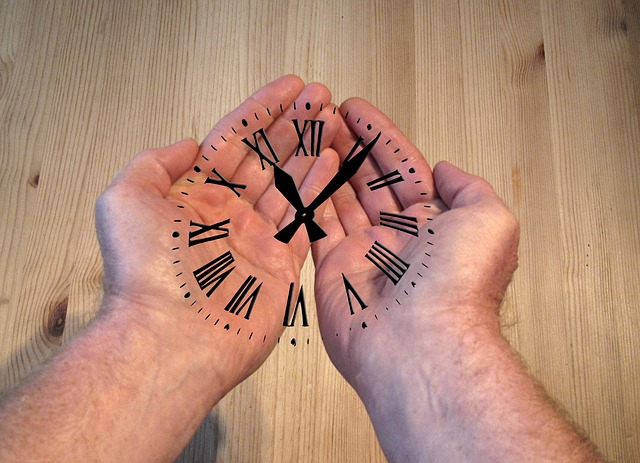When it comes to purchasing a new TV or monitor, one of the most critical elements to consider is the display warranty period. This aspect can often be overlooked amid the flashy features and specifications of modern display technology. However, understanding the nuances of warranties can save you from potential heartache down the line, especially in a fast-evolving world of screens, where technological advancements occur at a rapid pace.
In today’s market, both televisions and monitors come equipped with various display technologies—be it LED, OLED, or QLED—each providing exceptional picture quality and vibrancy. With such dramatic improvements in visual fidelity, it’s important to scrutinize what happens when a fault occurs. The warranty period becomes a vital safety net, ensuring that your investment is protected against defects and subpar performance.
Typically, the display warranty period can range from one to three years, depending on the manufacturer and model. While it may seem sufficient, it’s essential to analyze the terms and conditions associated with it. For instance, many manufacturers cover dead pixels, color distortion, and backlight issues, but you must be aware of any stipulations that could void your warranty, such as physical damage or improper usage.
Understanding the warranty also involves knowing specific terminology. A ‘limited warranty’ may seem reassuring, but it often comes with fine print that can be misconstrued. Knowing whether the warranty is fully transferrable or includes on-site repairs versus needing to ship back your device can greatly affect your experience. Additionally, in cases involving display technology like gaming monitors, the warranty may exclude certain performance metrics such as refresh rate inconsistencies or input lag.
In the realm of technics and visualization, warranties are a testament to the manufacturer’s confidence in their product. An excellent warranty often reflects a brand’s commitment to quality. If a manufacturer is willing to stand behind their display technology for an extended period, it generally indicates the reliability and longevity you can expect from their monitors and TVs.
Moreover, consumers should also be aware of extended warranty options. While initial warranties cover basic functionality, extended warranties can provide greater peace of mind, especially for high-use devices that are central to your daily entertainment. Consider the display warranty period as an integral element of your overall ownership experience, factoring in how often the devices are used and the environments in which they are placed.
In recent years, industry trends have shown that consumers are becoming increasingly well-informed about their purchases. Customers now demand transparency not just about how the technology works, but also how it is safeguarded. This shift in consumer awareness highlights the importance of understanding the display warranty periods and knowing how to navigate the commitment before making a purchase.
Ultimately, by diving into the specifics of display warranties and acknowledging the factors that contribute to their length and coverage, users can choose a television or monitor that not only meets their visual needs but also shields them from future headaches. The next time you’re about to invest in a display device, take a moment to consider the warranty—after all, it’s not just a piece of paper; it’s a promise of reliability in a stunning world of different visual experiences.




